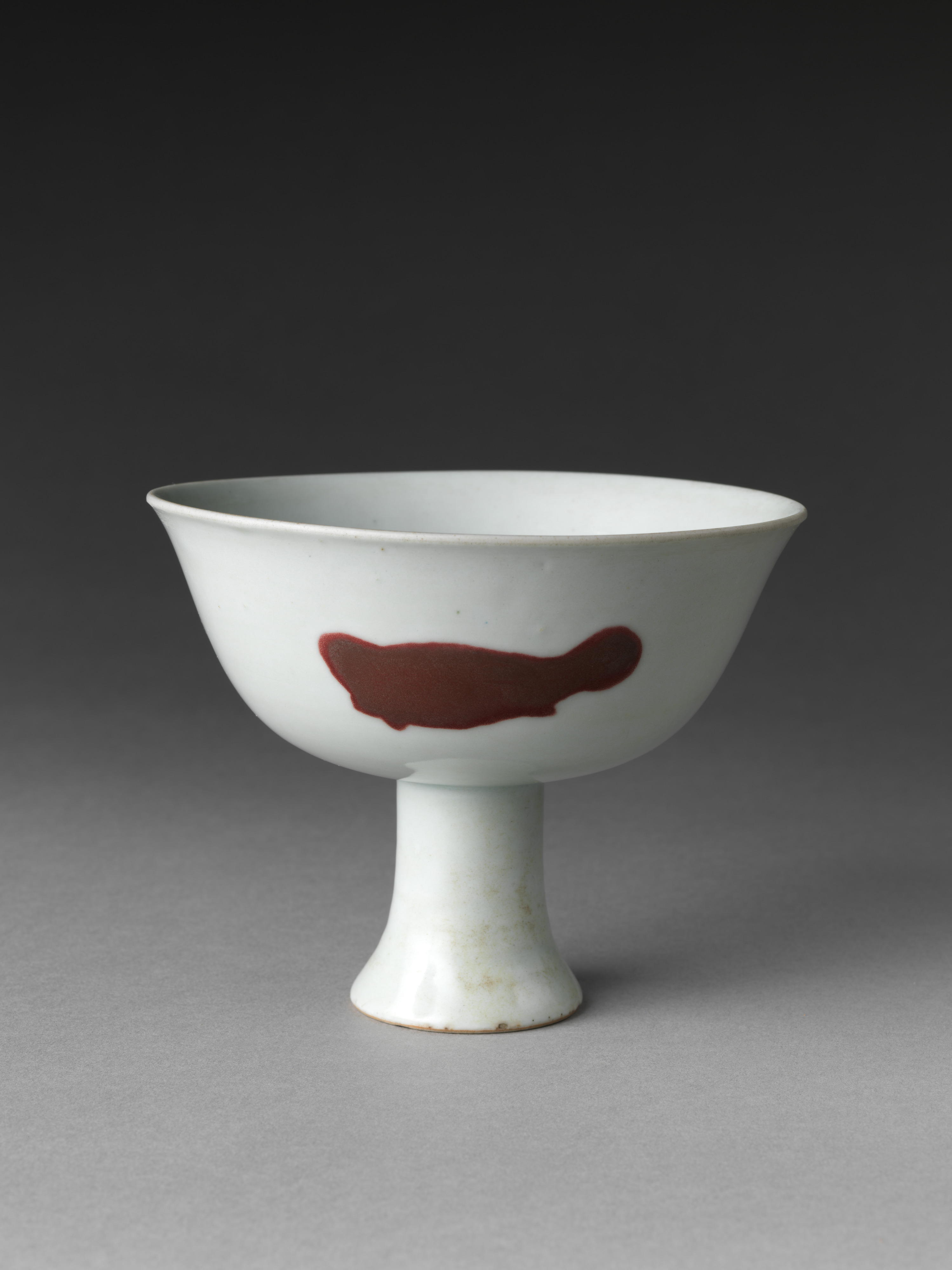My initial post was about the aesthetics that attracted Western collectors and the gradual change in taste, from art pieces that were considered not valuable to the Chinese to those that were invaluable. There were differences in design and color palette that distinguished between chinoiserie art and traditional Chinese art.
Some of my classmates, the ones that delved deeper into the ethics of obtaining and collecting Chinese artworks, studied Western collectors from a completely different perspective.
Before reading about the argument surrounding the ethics of Western collection of Chinese art, I was very sure of my stance that looting of the art is wrong and should not have been done. As I learned, however, even the act of stealing and the movement of artworks are parts of history itself that cannot be undone. Today, in large art museums, for example, people can see antiques and learn about foreign cultures through art, even ones that were wrongfully stolen. Regardless of the collector’s intentions (to let Westerners expand their thinking of the world through art or to simply take based on value), ultimately, if it was taken without permission and/or an equally valued exchange, it was stolen. Furthermore, I also realized that while returning these pieces of art is ideally the right step to take, repatriation of art is definitely easier said than done.
Things I Learned this Week
- Even in history, specifically ethics, everything is not black and white.
- Aesthetics depends on culture.
- Chinoiserie is an imitation of Chinese art and design, made for European taste.
Bibliographic References
Metrick-Chen, Lenore. Collecting Objects/excluding People : Chinese Subjects and American Visual Culture, 1830-1900. Albany N.Y.: State University of New York Press, 2012.
Netting, Lara Jaishree. A Perpetual Fire : John C. Ferguson and His Quest for Chinese Art and Culture. Hong Kong: Hong Kong University Press, 2013.
“The Treasures of China”, by Justin Jacobs. Indiana Jones in History: From Pompei to the Moon.
